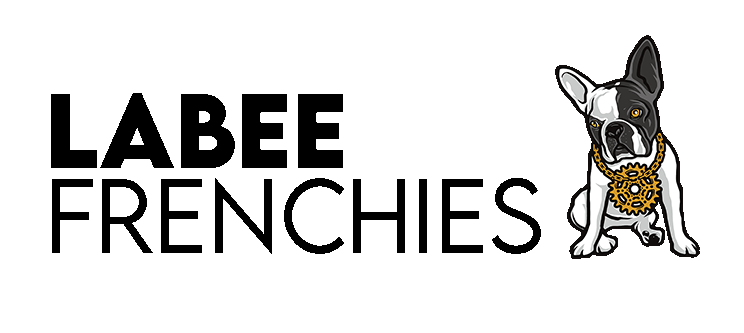French Bulldogs claim part of their ancestry in Great Britain, being traced back as far as the 1850s when the dwarf bulldog breed known as the Toy Bulldog was popular.
Notingham lace makers, threatened by redundancy in the Industrial Revolution, emigrated to Northern France, taking their dogs with them. They became popular in some localized areas. It is thought that some crosses were made to other short-faced breeds and after three decades a new breed known as the French Bulldog had evolved.
Unlike other Bulldog breeds, the French Bulldog has large “Bat Ears” (a term used as a nickname for the breed) giving him a clownish appearance. Soon this was the fashionable breed, popular in artistic society in Paris and portrayed by Degas and Toulouse Lautrec in portraits oof Parisian life.
The return of the breed to Britain in the last years of the 19th Century brought some antagonism from the traditionalists, but in 1902 the French Bulldog Club of England was formed. In 1906 the Kennel Club gave official recognition to the breed.
In recent years the breed has seen a meteoric rise in popularity. From 2009 to 2015, the registrations for the breed increased 10 fold and in 2015 the French Bulldog was ranked third most popular breed in the UK.
“Exotic” French bulldogs refer to French bulldogs with unique coloring or patterns that are not recognized by breed standards. These can include black and tan, blue, lilac, isabella, and chocolate.
Standard French bulldogs, on the other hand, are those that meet the breed standards established by the American Kennel Club (AKC) or other kennel clubs. These standards specify specific coat colors, markings, and physical characteristics that are considered acceptable for the breed. Standard French bulldog colors include fawn, brindle, cream, and white.
It’s important to note that while exotic French bulldogs may have a different appearance, they are still the same breed and should have the same temperament, personality, and health issues as standard French bulldogs.
Exotic French bulldog colors refer to colors that are not recognized by breed standards and considered rare or unique. These can include:
- Blue: A grayish-blue color that can range from light to dark.
- Lilac: A light lavender color with a silver undercoat.
- Chocolate: A rich, chocolate brown color.
- Isabella: A light fawn color with a pinkish hue.
- Black and Tan: A black coat with tan markings on the legs, face, and underbelly.
It’s important to note that while these colors are considered exotic, they are not recognized by the American Kennel Club (AKC) or other kennel clubs as standard colors for the French bulldog breed.
Utility Group – miscellaneous breeds of dogs mainly of a non-sporting origin, including the Bulldog, Dalmatian, Akita, and Poodle.
Size – small sized dog, most suited for a flat, with either a small to medium area footprint in either town or country.
Lifespan – Over 10 years, when exercised and functional.
Fur – length is traditionally short, but long-haired frenchies are becoming more popular everyday.


Hi, this is a comment.
To get started with moderating, editing, and deleting comments, please visit the Comments screen in the dashboard.
Commenter avatars come from Gravatar.